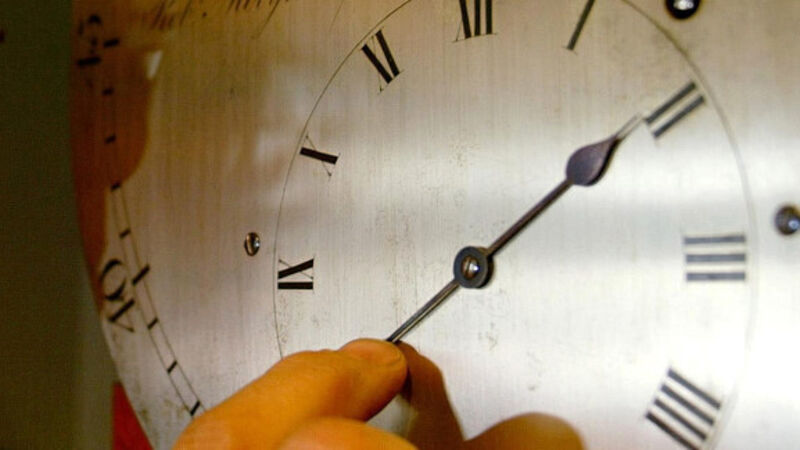Time — and how we count it: 24-hour clock will have its day

The predisposition of bureaucrats and politicians to fall for ideas that might be labelled fairly as barmy isn’t a uniquely 21st-century affliction. In September 1919, the UK’s Home Office set up a committee to consider introducing in Great Britain and Ireland what the Daily Telegraph said would be a “twenty-four hour method of timekeeping ... a change in the clock dial, with all the twenty-four hours marked upon it”.
Ireland played an accidental part in firing up enthusiasm for the 24-hour clock. While travelling here in 1876, Scottish-Canadian engineer and inventor Sandford Fleming missed a train because a printed timetable incorrectly listed p.m. instead of a.m. He proposed a single 24-hour clock for the entire planet. More usefully, he designed Canada’s first postage stamp and engineered most of the Canadian Pacific Railway.
















